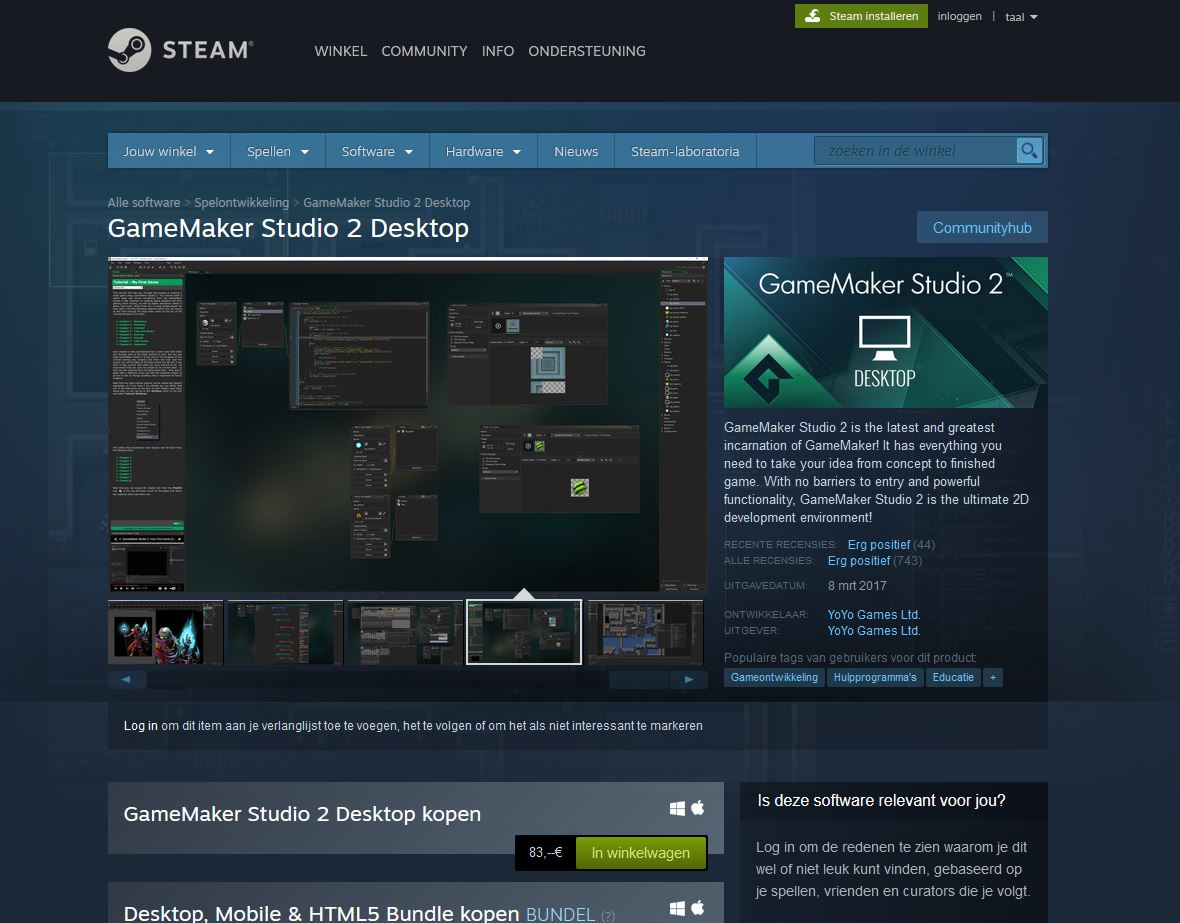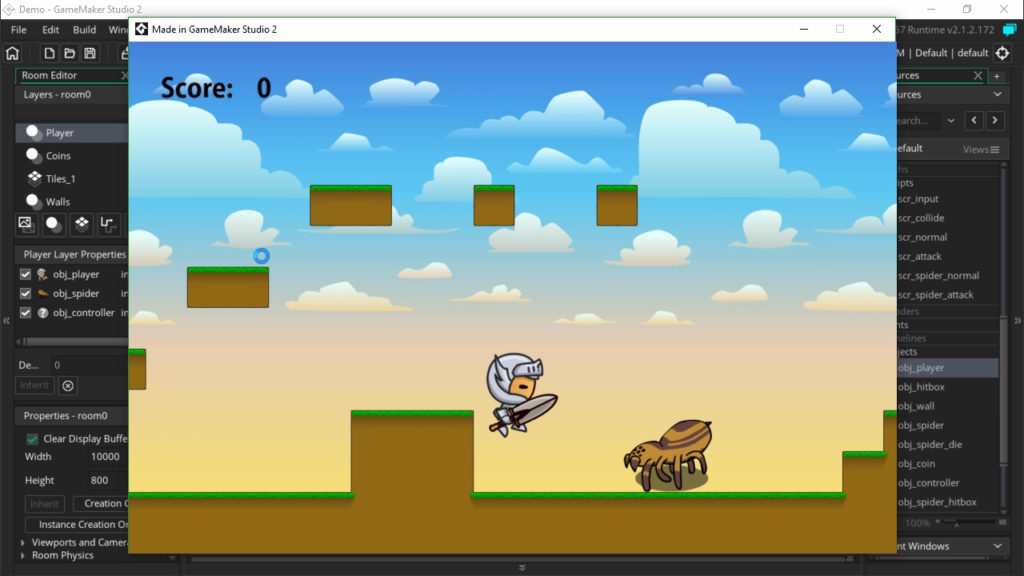

The Mask property is there to specify the mask used on this layer.

The mask specifies the body parts on which to apply the animation.

On each layer, you can specify the mask and the Blending type. More info See in Glossary.Ĭlicking the gear wheel on the right of the window shows you the settings for this layer. The same Animator Controller can be referenced by multiple models with Animator components. You can manage animation layers from the Layers Widget in the top-left corner of the Animator Controller Controls animation through Animation Layers with Animation State Machines and Animation Blend Trees, controlled by Animation Parameters. An example of this is if you have a lower-body layer for walking-jumping, and an upper-body layer for throwing objects / shooting. More info See in Glossary for different body parts. The states available will depend on the type of gameplay, but typical states include things like idling, walking, running and jumping. Unity uses Animation Layers for managing complex state machines The set of states in an Animator Controller that a character or animated GameObject can be in, along with a set of transitions between those states and a variable to remember the current state.


 0 kommentar(er)
0 kommentar(er)
